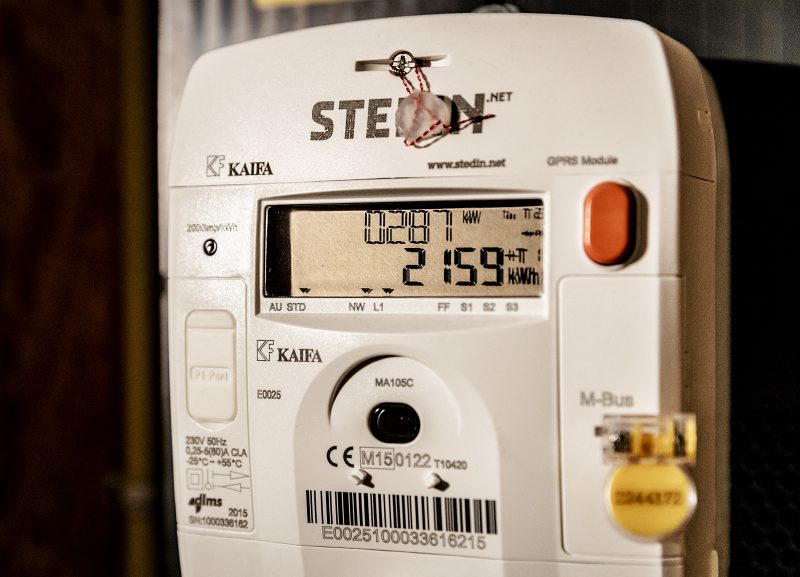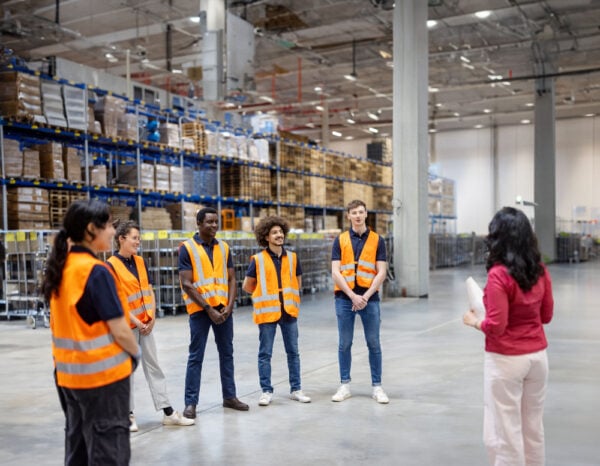- Scott Kollins is a clinical psychologist who studies families and kids.
- His son became addicted to screens a few years ago.
- Kollins has open conversations with him about tech, and the family now locks up screens at night.
This as-told-to essay is based on a conversation with Scott Kollins, chief medical officer at Aura. It has been edited for length and clarity.
At first, remote learning during the beginning of the pandemic was a great fit for my son, who has autism and ADHD. His middle school teacher even remarked on how well he was doing. Being in a traditional classroom had always been overwhelming, but being remote allowed him to engage with the class more easily.
Soon, my then-11-year-old figured out he could open other tabs on his computer during class time, watching whatever videos he wanted. I noticed his world turning inward. Watching YouTube became a source of entertainment and escape, but it took a toll on his health. He was having pretty serious depression and anxiety.
I am a clinical psychologist at Duke University School of Medicine, where I research mental health topics related to children. I had heard about screen addiction and the medical debate over whether it exists. When I saw my son experience withdrawals and lying to get more screen time, I realized tech really could be addictive. I believed my son had a screen addiction (although he's never been officially diagnosed by a different provider).
Yet even with my professional background, I couldn't get my son the help he needed right away. I thought, if I can't solve this problem with all the resources and professional knowledge I have, how can other parents?
Luckily, after three years, we've made a lot of progress with my son, who is now 14. I'm also creating healthy tech boundaries for my daughter, who is 12. Here's what my family has done.
We lock up screens at night
When my son's screen addiction was at its worst, he would sneak screen time when he was supposed to be sleeping. He was staying up late into the night, and I knew the lack of sleep was probably contributing to his mental health challenges.
So my wife and I bought a lock box and put everyone's computers, phones, and tablets in at night. This may sound extreme, but I truly felt that my son was struggling with addiction, and we needed to support him by restricting his access to screens. Implementing it was very tough. My son would cry, get angry, and even lie to try to get additional screen time.
We minimized the use of screens for schoolwork
At first, we wanted my son to have as little screen time as possible. We spoke with his teachers and coordinated with them so that he was doing as many assignments as possible with paper and pencil. When he did digital tasks, his parents or teachers were watching closely.
We model phone-free time
We've created a family media plan, which includes how much screen time the kids can have — one hour on weekdays, two hours on weekends and vacations — and designated screen-free zones. Everyone in the house gave input on what we should include in our plan.
We didn't want to label screen time as entirely good or bad. Instead, we focus on fostering healthy and responsible usage habits, including making sure everyone prioritizes chores, family time, exercise, and in-person socialization ahead of screens. We also model the behavior we want to see. When my wife and I finish work, we put our phones down and focus on being present for family time. Dinner is always a screen-free zone.
We meet our son where he is and create individualized plans for each child
My son has autism, and his symptoms personally mean he's not one for deep or lengthy conversations. We acknowledge that and allow him to read a book or do other screen-free activities during dinner, rather than expecting him to talk with us.
My daughter is younger, but she has a phone, while my son does not. That's very intentional. She has shown she can be responsible and trusted with the phone. For a long time, my son hadn't shown he could be responsible with a laptop, let alone a phone.
The first few months of limiting his screen time was very difficult, with lots of emotional outbursts. But after a while, we started to make progress, and he accepted the limits. Two years later, we're just starting to consider letting my son get a phone because he has been doing so well following our family media plan.
We use monitoring software and communicate about our approach
In addition to talking with the kids, we use a phone monitoring system, which has made me more comfortable considering a phone for my son.
When I told the kids I'd be monitoring them, their eyes got big. But I explained I'm not trying to see every detail — I'd just use the program to tell me if they were doing something that might be harmful, like if they're viewing adult content or spending too much time online. Kids need and want privacy and autonomy, but they also need to know someone has their back as they learn the new skill of managing their digital lives.
Our approach to technology is fluid and ongoing. Like any relationship, it requires lots of communication. We talk regularly about tech consumption. I ask my daughter what she's watching, and her thoughts on social media. She's not always the most forthcoming, but if I'm persistent but nonjudgmental, she usually opens up.
We've made a lot of progress, and we acknowledge that tech is here to stay
Though we're doing what we can to help our kids develop a healthy relationship with tech, my wife and I know they'll always be exposed to the digital world. We can't shield them from technology, but it's our obligation as parents to do what we can to keep them safe.
And I'm happy with our tech use as a family now. This summer, my daughter accidentally left her computer unlocked overnight, and my son didn't even try to use it. That's progress.
I recognize that, eventually, my son will need more unrestricted access to screens so that he's prepared as an adult. I'm taking a harm reduction approach, trying to limit the negative impact of tech while acknowledging that he can't avoid it completely.










